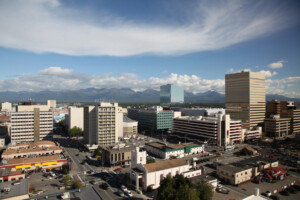
Anchorage, Alaska, is a vibrant city with many positives including its stunning scenery, no sales tax, and friendly community. However, the city also has its downsides, such as limited job opportunities and challenging traffic and transportation conditions. The short summer season and long winter nights can also be factors that potential residents need to consider. So, is Anchorage a good place to live? Whether you’re looking to rent an apartment in Anchorage on Redfin or purchase a home in the area, the answer may depend on your priorities and lifestyle preferences. In this diverse and complex city, it’s important to consider the benefits and drawbacks before making a decision about living in Anchorage.
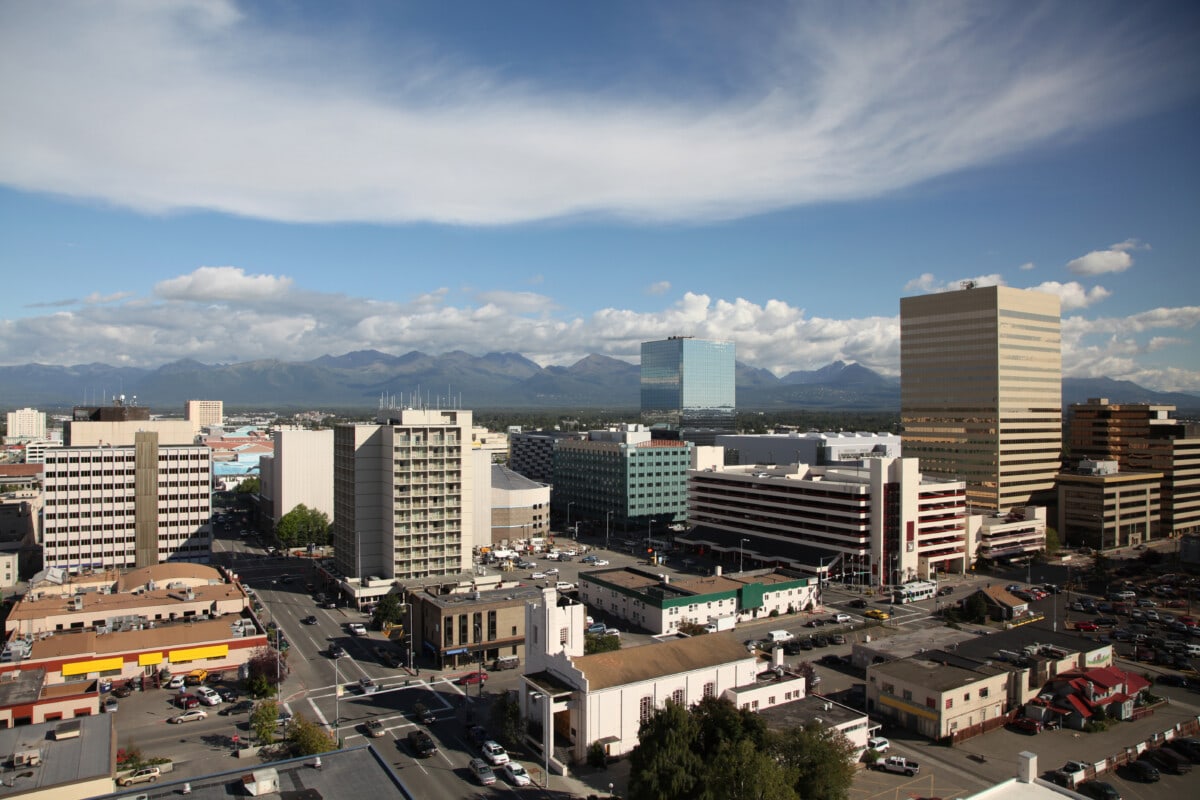
Pros of Living in Anchorage
1. Scenic beauty
Anchorage, Alaska, is known for its breathtaking scenic beauty with its picturesque mountains, stunning glaciers, and expansive forests. One of the most popular attractions is the Chugach State Park, which covers over half a million acres of wildlands, including glaciers, lakes, and forests. The park offers many activities including hiking, camping, and wildlife viewing. The Tony Knowles Coastal Trail, a scenic 11-mile trail along the coast, is another must-visit destination. It offers incredible views of the Cook Inlet, the Chugach Mountains, and even the occasional glimpse of beluga whales. Anchorage is also home to several beautiful gardens, such as the Alaska Botanical Garden and the Anchorage Coastal Wildlife Refuge, where visitors can admire the region’s distinctive flora and fauna.
2. No sales tax
One unique aspect of Anchorage is that there is no sales tax on goods and services. This is due to the city’s reliance on property taxes and other revenue streams, such as fees and licenses, to fund city services and operations. The lack of a sales tax in Anchorage can be a significant draw for residents. Additionally, businesses in Anchorage can benefit from the lack of a sales tax, as it can make their products more affordable and competitive compared to businesses in other states with sales tax.
3. Outdoor recreation opportunities
Anchorage, Alaska, is a hub of outdoor recreational activities. One of the most popular activities in Anchorage is hiking. The Tony Knowles Coastal Trail is a popular trail for visitors and locals alike, offering incredible views of the Cook Inlet and surrounding mountains. In the winter, cross-country skiing and snowshoeing are popular activities, with several groomed trails in and around Anchorage. Downhill skiing and snowboarding are also available at Alyeska Resort, located about an hour’s drive from Anchorage. During the summer months, visitors can go kayaking, fishing, or take a wildlife viewing cruise. Anchorage is also known for its incredible wildlife, including moose, bears, and bald eagles, which can be spotted on many outdoor excursions.
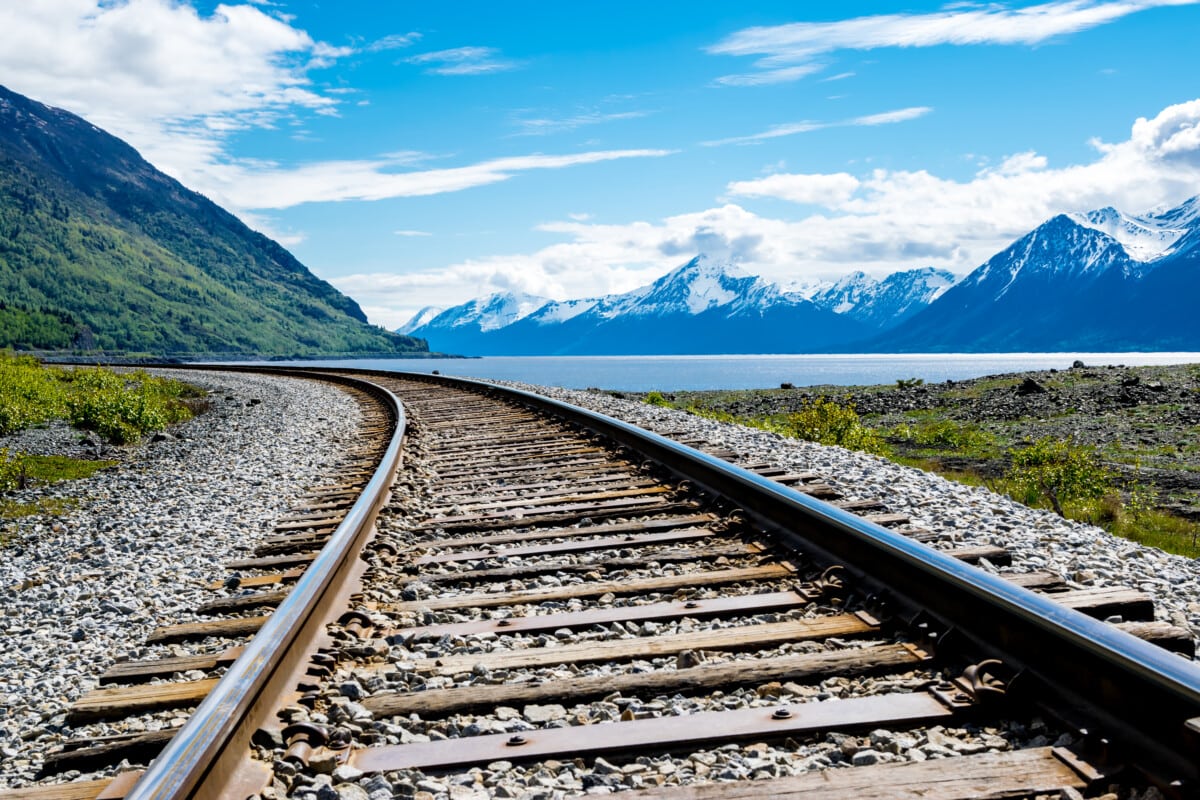
4. An abundance of daylight during the summer months
Anchorage is known for its long summer days, which are characterized by an abundance of daylight. From late May to early August, the sun remains above the horizon for up to 19 hours a day, giving residents plenty of time to enjoy the outdoors. This phenomenon is due to Anchorage’s location at a high latitude, which means that during the summer months, the sun never sets below the horizon.
5. Access to fresh seafood and other locally sourced food
Anchorage, Alaska, is known for its access to fresh seafood, thanks to its location on the shores of the Cook Inlet and proximity to the Gulf of Alaska. The city is home to several seafood markets and restaurants that offer a variety of fresh seafood options, including salmon, halibut, crab, shrimp, and more. In addition to local markets and restaurants, Anchorage also hosts several seafood festivals and events throughout the year, such as the Anchorage Salmon Daze Festival.
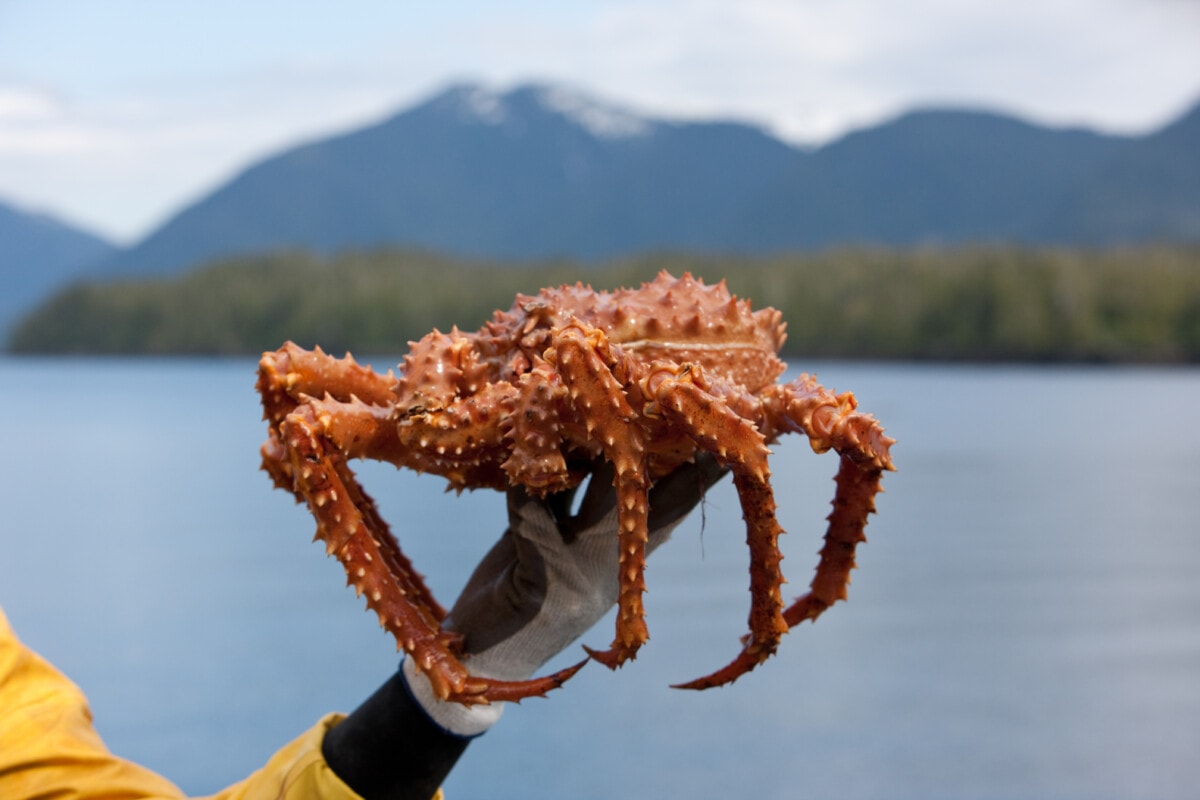
6. Friendly community and welcoming atmosphere
Anchorage is a city that is renowned for its friendly community and welcoming atmosphere. Despite being the largest city in Alaska, Anchorage has managed to maintain a small-town feel. The community is made up of people from all walks of life, and this melting pot of cultures creates a unique community. Anchorage residents are known for their warm hospitality and welcoming nature, which is reflected in the numerous community events and festivals that are organized throughout the year like the Iditarod Sled Dog Race, Anchorage First Fridays, and the Anchorage Market.
7. Opportunities for northern lights viewing
Anchorage is one of the best places in the world to view the northern lights, also known as the aurora borealis. The city’s location within the auroral oval, a band of light around the Earth’s magnetic poles where auroras occur most frequently, makes it an ideal spot for viewing this natural phenomenon. The northern lights are most visible during the winter months, from late September to early April when the nights are long and dark. Anchorage has numerous locations where residents and visitors can view the northern lights, such as the Chugach Mountains, the Arctic Valley, and the Knik River Valley.
Cons of Living in Anchorage
8. Limited job opportunities
Anchorage offers fewer job opportunities compared to other cities. This is due to government agencies, the healthcare sector, and the oil and gas industry being the primary employers, leaving limited prospects for other industries. The Ted Stevens International Airport, Providence Alaska Medical Center & Hospital System, and Fort Richardson US Army Base are among the largest employers in Anchorage.
9. Isolation
Anchorage is located in a remote area, separated from the rest of the United States by vast stretches of wilderness, which can make it difficult to access goods, services, and resources that are readily available in other cities. In fact, Anchorage is around 350 miles from Fairbanks and around 850 miles from Juneau, two of Alaska’s major cities.
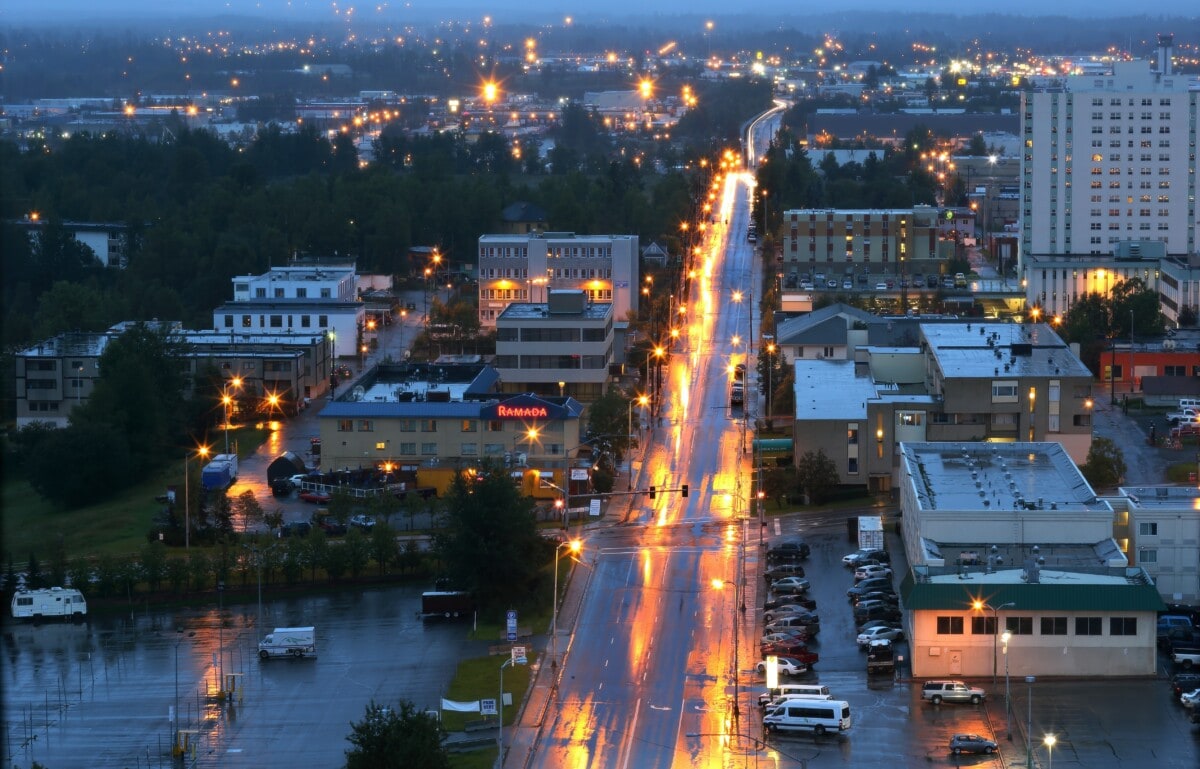
10. Traffic
Despite having a relatively small population, Anchorage has limited road infrastructure, which can lead to congestion during peak travel times. During rush hour and other busy periods, the city’s main roads can become congested, resulting in long delays and frustrating commutes. The harsh winter weather conditions can also exacerbate traffic conditions, as snow and ice can make roads slick and difficult to navigate.
11. Cold weather
Anchorage is known for its bitterly cold weather, which can make daily life challenging for residents. The winter season in Anchorage can last from October to March, with average temperatures ranging from 5 to 25 degrees Fahrenheit. The cold weather can be exacerbated by wind chill, making it feel even colder.
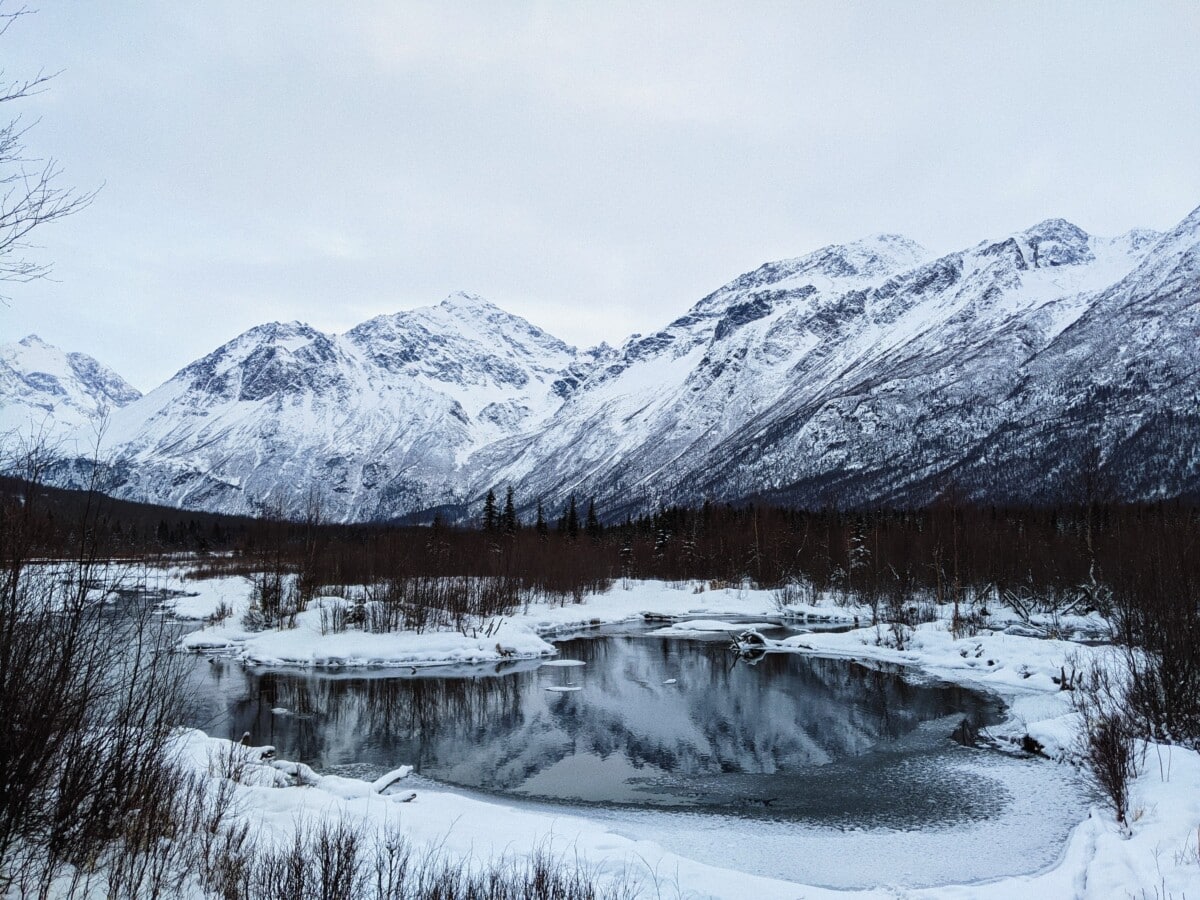
12. Limited Public Transportation
The city’s public transportation system is relatively small and primarily consists of the People Mover bus system. However, the frequency and coverage of these routes can be limited, making it difficult for residents to rely on public transportation to get around the city. Anchorage residents typically rely on People Mover if they choose not to drive themselves.
13. Short summer season
While summer in Anchorage can be beautiful and enjoyable, the season is relatively short compared to other parts of the country. The summer season typically lasts from mid-June to mid-September, which means that residents have only a few months to enjoy the warm weather and outdoor activities before the cold winter months set in. Additionally, the weather during the summer months can be unpredictable, with rain and cold temperatures still possible even in the heart of summer.
The post Is Anchorage a Good Place to Live? 13 Pros and Cons to Consider appeared first on Redfin | Real Estate Tips for Home Buying, Selling & More.
from Redfin | Real Estate Tips for Home Buying, Selling & More https://ift.tt/xTUPsqO


No comments:
Post a Comment